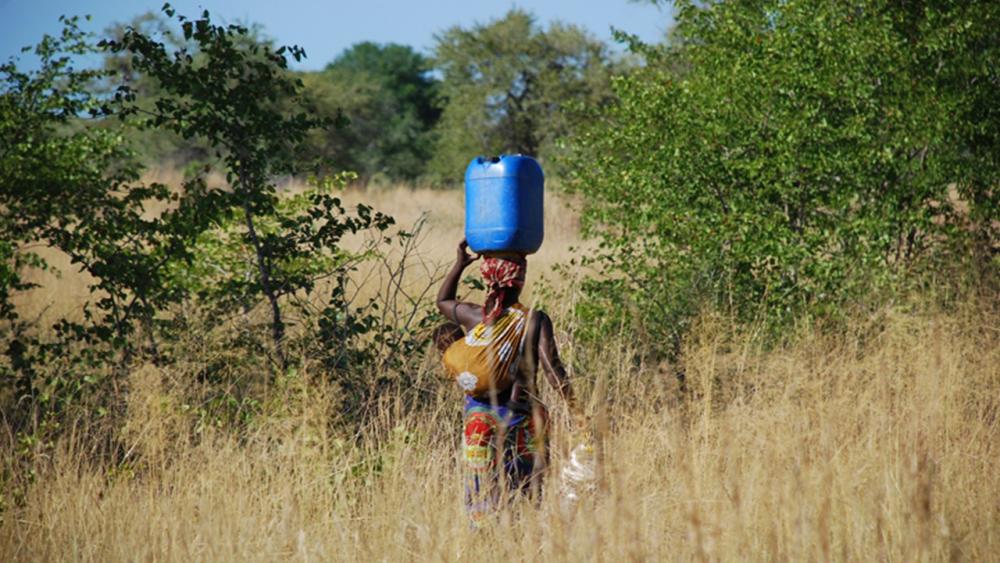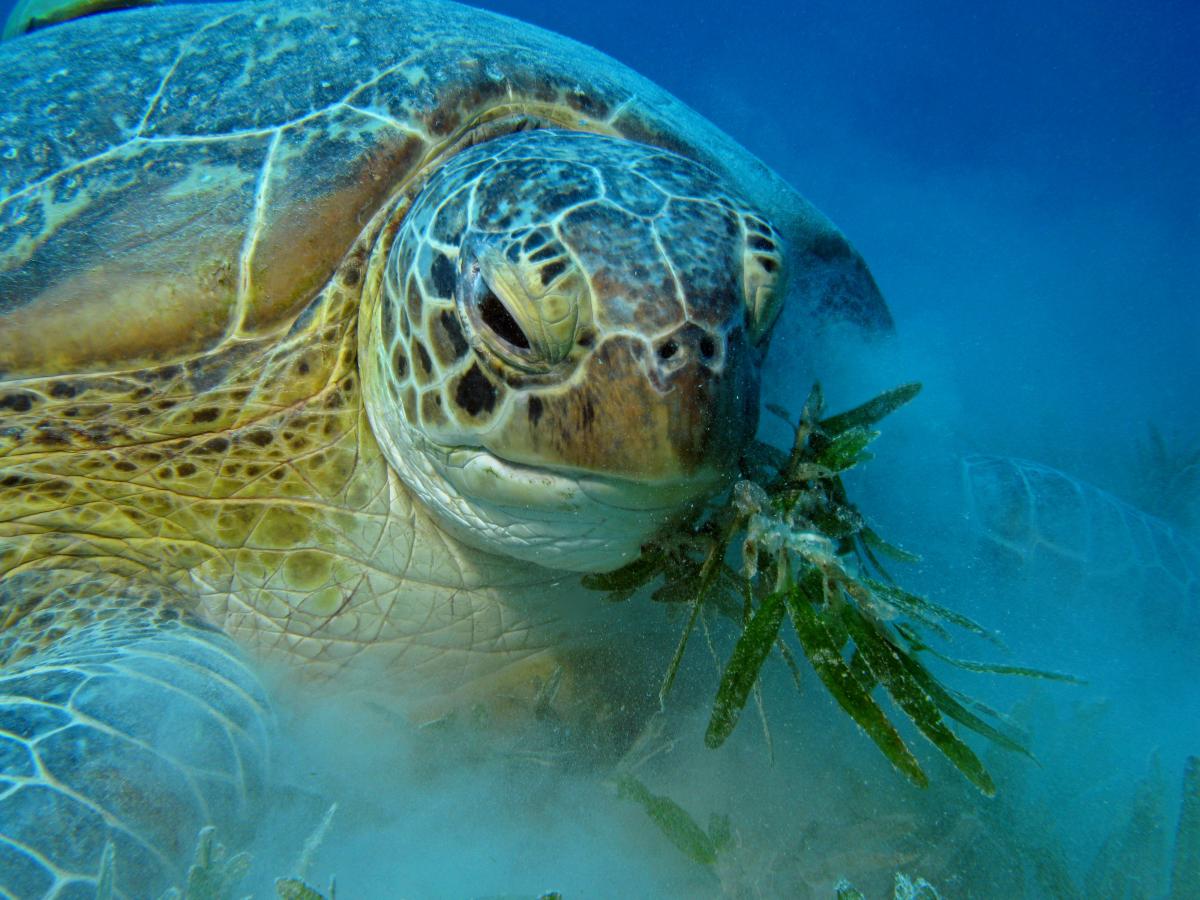Gender is the key: effective gender mainstreaming unlocks ‘Green List’ success in Protected and Conserved Areas worldwide
Gender equality and women’s empowerment are matters of fundamental human rights and social justice, as well as a prerequisite for sustainable development and achieving the SDGs and other global agendas. For over 20 years IUCN has been committed to the cause of not leaving women and girls behind and by emphasizing the use of IUCN Standards, we can better equip, empower and encourage protected and conserved areas to better deal with gender issues in their governance, management and other activities.
The various global programs, regional offices and IUCN Commissions of Experts, led by the Global Protected Areas Program, are committed to these advances. This month, in which we celebrate the International Day for the Elimination of Violence against Women, and joining the 16 Days of Activism against Gender-based Violence campaign by the United Nations, we want to make visible the progress made by the IUCN Green List to address the gender equality and the fight against violence in protected and conserved areas.

Photo: IUCN
Gender mainstreaming through the IUCN Green List of Protected and Conserved Areas
In a collaboration between the Global Protected Areas Programme, the IUCN Global Program on Governance and Rights Gender team, and the South America Regional Office, with the support through the Amazon Green List project, a Global Gender Working Group was created. The aims of this working group would be to strengthen gender mainstreaming in protected and conserved areas globally through the IUCN Green List of Protected and Conserved Areas Standard. It is the first global standard of for fair and effective protected and conserved areas that also directly tackles gender issues in areas of governance and management. To achieve such aims, the group would look in depth at the Standard and the certification process and make recommendations to advance gender considerations across the different regions and jurisdictions.
Preliminary findings of the Global Gender Working Group
A preliminary review of the Standard, the sites justifications to these indicators and criteria as well as the expertise among the Expert Assessment Groups (EAGLs) was conducted by the Group and has found the following:
The IUCN Green List Standard
- Gender is directly targeted in two out of the 50 indicators of the standard:
- GLS-V1.1-1.1.5 under the Good Governance component and criterion 1.1 targeting legitimacy and voice: “Governance arrangements help advance gender equity in relation to management of the site.”
- GLS-V1.1-3.1.5 under the Effective Management component and the criterion 3.1 targeting the implementation of a long-term management strategy: “Management efforts support equity, including gender equity, related to site management.”
- Aside from these two, 18 other indicators out of the 50 were identified with the potential to be linked to gender issues.
Site justifications
As a methodology, the Group has considered 45 sites that are Green Listed and 26 Candidate sites with justifications to these indicators on gender
- On COMPASS, the IUCN Green List database management platform some errors have been identified in the reporting of PAs regarding gender indicators. There is a general trend that these indicators are not being responded to in depth, with 6 sites not responding to one of the two or both indicators.
- The site justifications can be grouped in the following categories:
- Adherence to government acts/legislation
- Statistics on workforce
- No discrimination in employment
- Equal/full pay
- Active effort
- Other
- 24 sites out of the 71 studied, approximately 34% showed active efforts in their evidence for one or both indicators
Expert Assessment Groups for the Green List (EAGLs)
All 304 registered EAGL members and EAGL chairs and Coordinators have been considered in this preliminary review
- 24% of all EAGL members have expertise in “Community or indigenous stakeholder organizations” or in “Community or economic development” or both.
- No reports on experience in gender issues or background on gender studies.
- Great lack of data reported on COMPASS by the different EAGL members when it comes to their expertise and experience.
First set of recommendations from the Working Group
- Improve the guidance in the standard when it comes to fulfilling the gender indicators, to highlight the link when it comes to the other related indicators as well as the general standard’s criteria.
- Equip site mentors with resources to help the sites build deeper understanding to these issues and how to better respond to these indicators.
- Collect and share different case studies on gender mainstreaming from across our Candidate and Green Listed sites
- The first filter in site evaluation is the EAGL, as such; training is required on the different issues of gender and their interlinkages with conservation in protected areas.
- Recommendation to actively include more applicants with backgrounds on social, governance and gender issues when forming an EAGL or renewing its membership
- Improve data quality on EAGL members on COMPASS
- Gender training and guidelines for the EAGL need to be developed and used when an EAGL is undergoing its first training and accreditation on the IUCN Green List.
Next Steps of the Working Group
- Review of the IUCN Green List User Manual and Standard to find entry points where gender considerations can be strengthened
- To develop a survey for EAGLs, protected area managers, and mentors in order to find out their knowledge in relation to gender issues and to capture best practices that can be developed as short case studies. These case studies will be then used as inputs to enhance the gender considerations in IUCN Green List User Manual and other guidance materials.
- To develop a webinar on gender and PA
- Continue the research on the Standard, sites and EAGLs
- Support the inclusion of gender issues in the different projects of the Green List
The support of the Green List to the positioning of the priorities of women in conservation in Latin America and the Caribbean
One year after the III Latin American Congress of Protected Areas of Latin America and the Caribbean (CAPLAC), where IUCN supported the meeting of the Network of Women in Conservation of Latin America and the Caribbean, we celebrate publishing of the Women in Conservation Agenda.
This Agenda, co-created by more than 340 women from 16 countries, offers strategies and concrete lines of action to address the still enormous challenges to achieve gender equality in the region and, specifically, in the field of nature conservation.
Also noteworthy is the support given to the CAPLAC Women's Declaration, which currently has more than 1000 signatures of support.
These advances will be shown at the World Conservation Congress in Marseille.
IUCN and its commitment against gender-based violence
Where one in three women and girls will be a victim of gender-based violence throughout her life (World Bank, 2019). Not to mention that since the beginning of the COVID-19 outbreak, there has been a rise in new data and reports revealing all kinds of violence against women and girls, especially domestic violence. It is crucial to raise our voices and efforts to tackle this.
It should be understood that, as a term, "violence" goes beyond its physical form and includes comprehensively, all of its other forms such as sexual, psychological, economic, political and undoubtedly, environmental1.
To this end, IUCN is making a global effort to bring forward the interconnections between gender-based violence and environmental sector. This effort and commitment have resulted in the publishing of a 2-year long research Gender-based violence and environment linkages. It is the first global study looking these intersections and links, certainly lighting the torch for further studies and projects to tackle this issue. The violence that women experience in and around protected areas has been collected in the research, which we encourage you to consult. We also encourage you to consult IUCN’s Gender Equality and Women’s Empowerment Policy.
Also, on the occasion of the International Day for the Elimination of Violence against Women, the IUCN South America - Green List Initiative and the IUCN Global Governance Program organised the webinar: Our voices: links between gender violence and the environment to hear first-hand testimonies from women who will talk about gender-based violence and the environment. You can watch the recording here (in Spanish).
In today’s reality, violence against women and girls remains one of the most widespread and persistent human rights violations, often going unpunished and unnoticed. However, many positive changes are on the way2 and in similar fashion, as the IUCN Green List is all about positive change, it will help advance this journey of gender equality and equity in protected areas governance, management and decision-making.
Want to learn more about these issues or see what actions you can take? Explore the IUCN Gender and Environment Resource and Action Center for the latest research and tools to advance gender equality. Together, we move forward.



